Kreisel shows off electric firetruck in action
The Austrian firm Kreisel Electric has developed the first fully functional firetruck with an electric motor, in conjunction with Rosenbauer and Linz AG. The initiative began two years ago under the orders of the firefighting supplier Linz AG.
The basis for the electric firetruck, named KLF-L, was a Merces Sprinter. This is not the first time Kreisel Electric used the transport vehicle as a basis for the electrification of utility vehicles for transport and bus companies.
Within two months the vehicle was rebuilt at the Kreisel factory in Rainbach. A electric motor with a 120 kW performance was installed to provide the necessary power. A modular construction mode made space for four Kreisel batteries, with a total capacity of 86 kWh. The weight was set to be around 620 kg by the manufacturer. The batteries can be charged via a type 2 or CCS charger. DC fast charging enables a 90% charge to be made with a 50 kW charge in about 1 hour and 20 minutes.
The range of the vehicle is set around 160 km, while the weight of the vehicle, batteries, crew and other loads, as well as the driving style were already calculated in to the number.
“Utility vehicles such as fire trucks are an ideal area of application for electric drives: in many cases, they only have to cover short distances and charging can be done between uses. I am particularly thinking of stations in the districts of large inner cities, in town centers and small communities in the countryside or at airports.” said Kreisel CEO, Markus Kreisel. Vice mayor Detlef Wimmer added that he had personally used EVs for about 10 years, and so was happy to add electrification to the cities fleet.
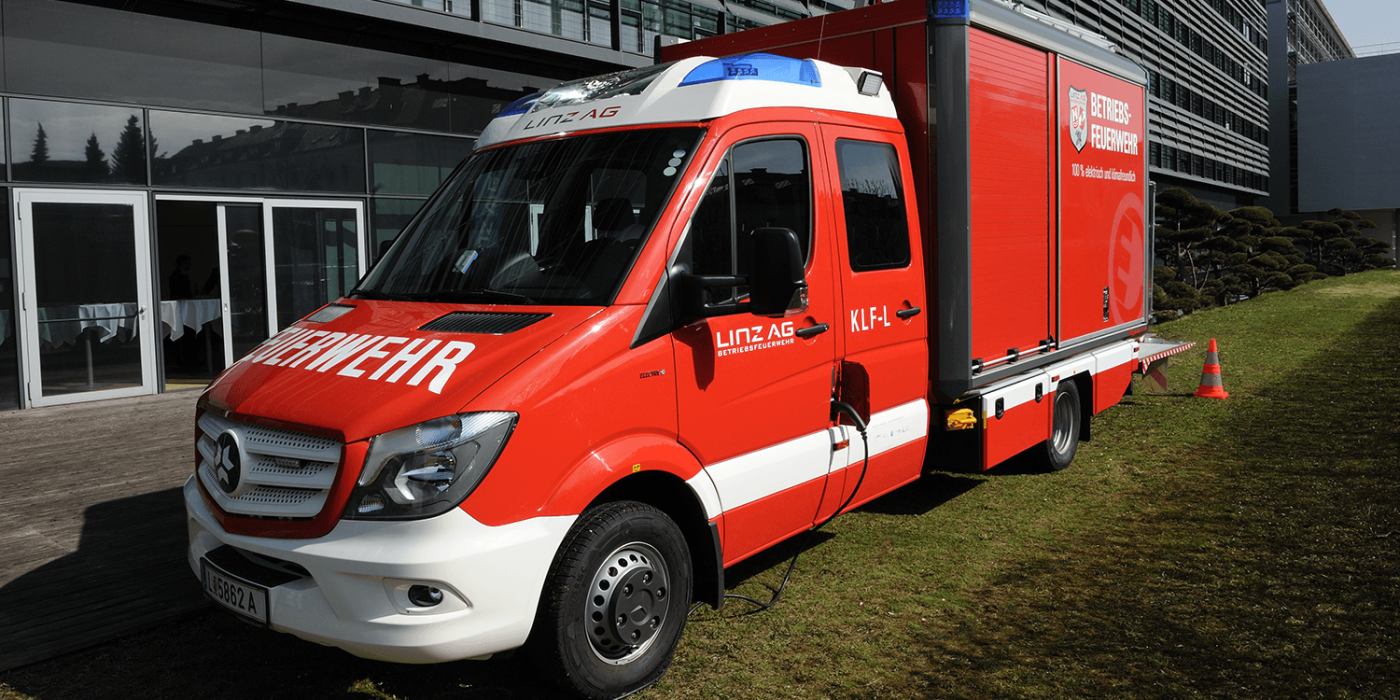
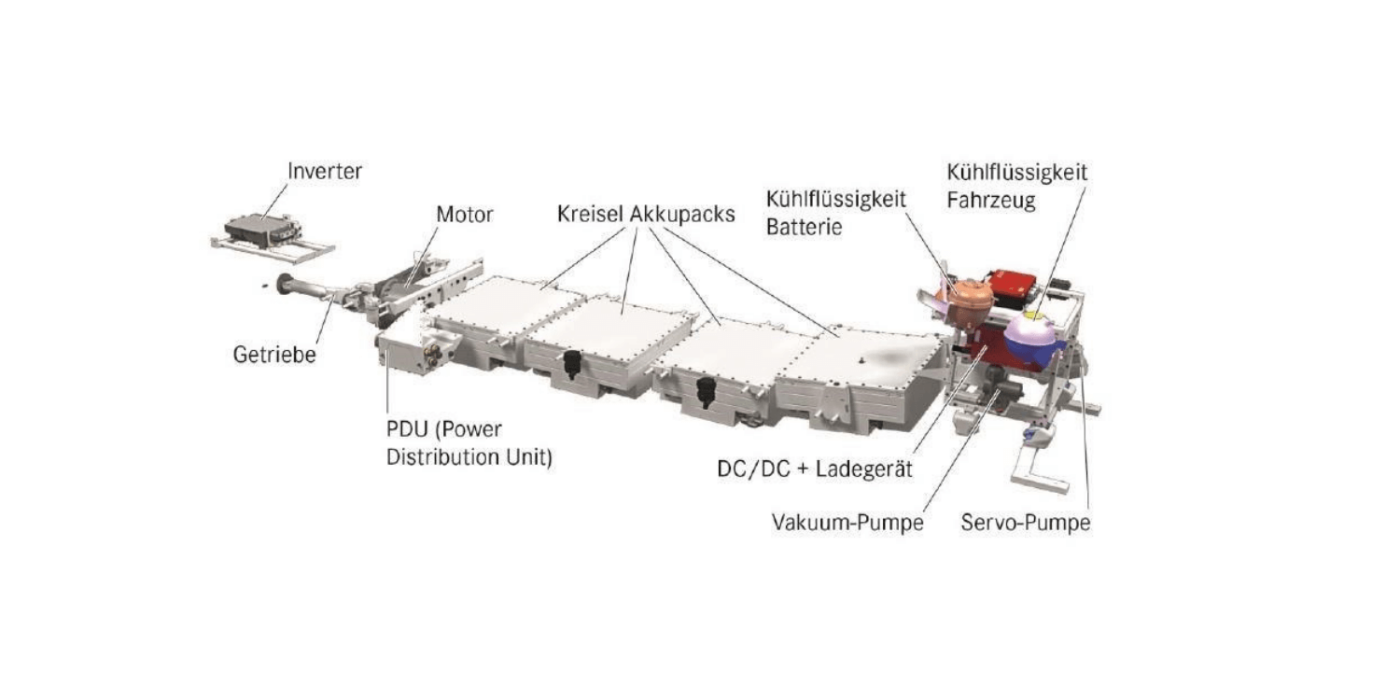
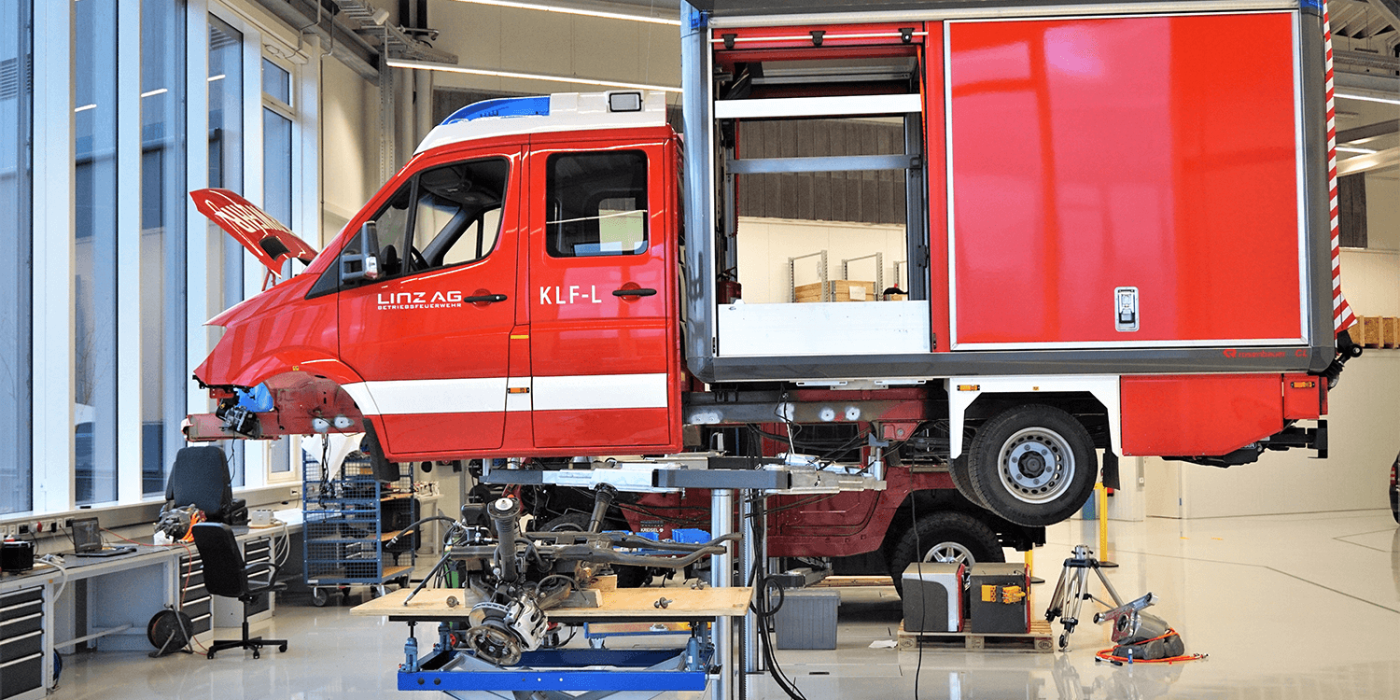
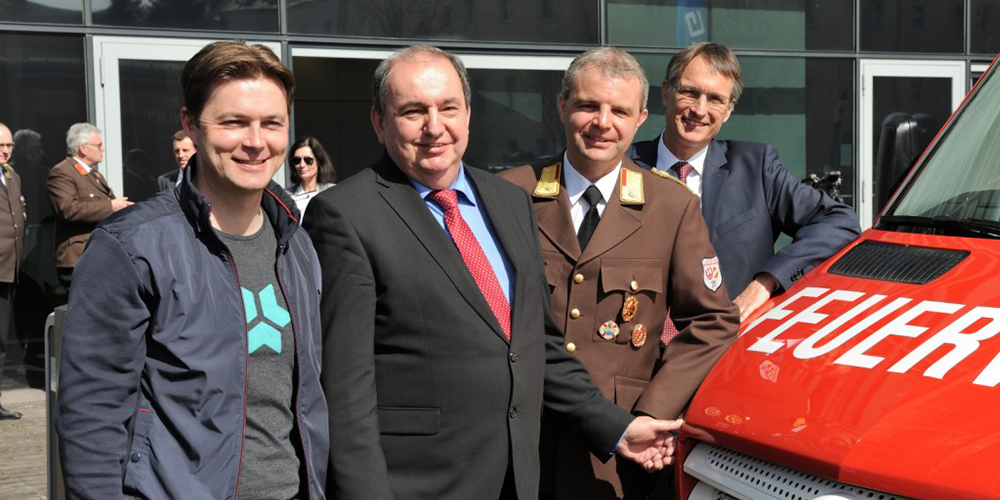
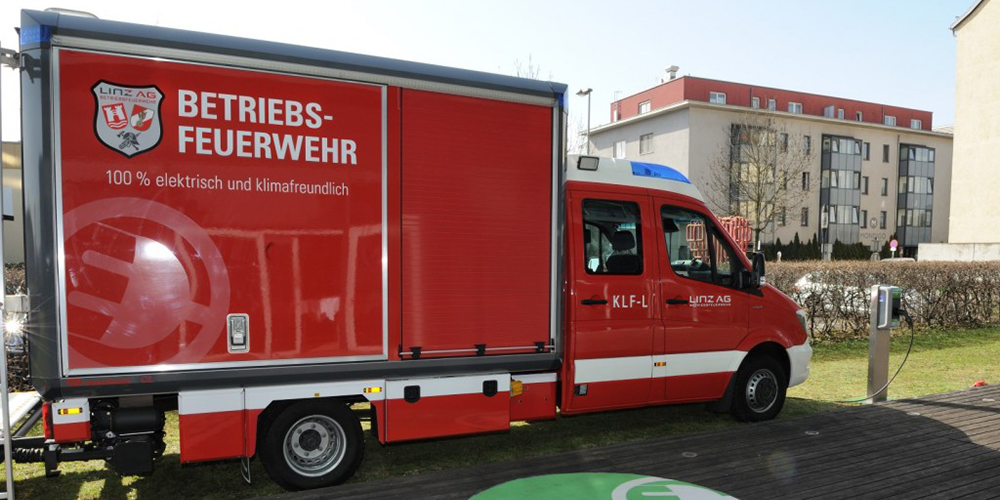
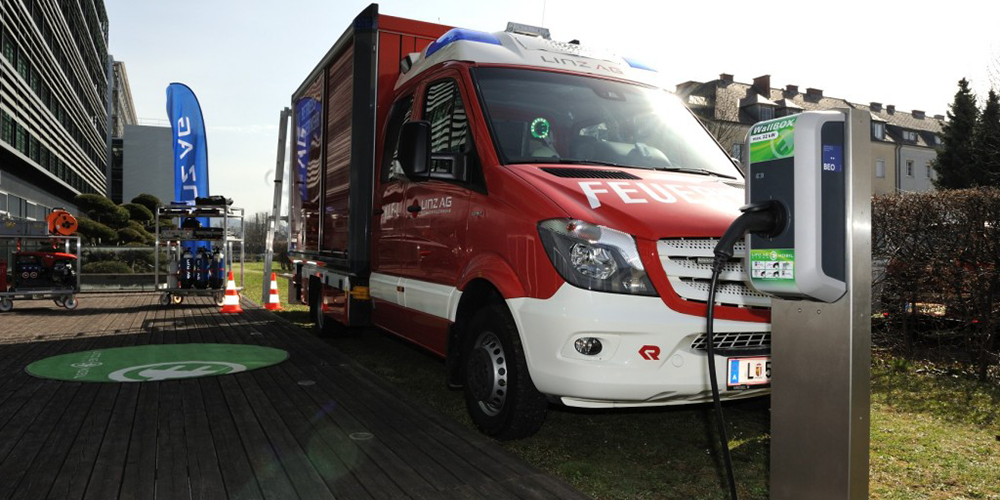
The new vehicle will replace the current vehicle station in the FHKW-Mitte fire station, and will be used for medical emergencies, fires, diving and rescue operations, emergency services due to flooding or storms, as well as used for the ecological protection, such as the binding and isolation of oil or dangerous chemicals.
The total ecological savings were put at 4.8 tons of CO2, at a driving estimate of 12,000 km per year. Before the vehicle will take up operation, there will be additional driver training.

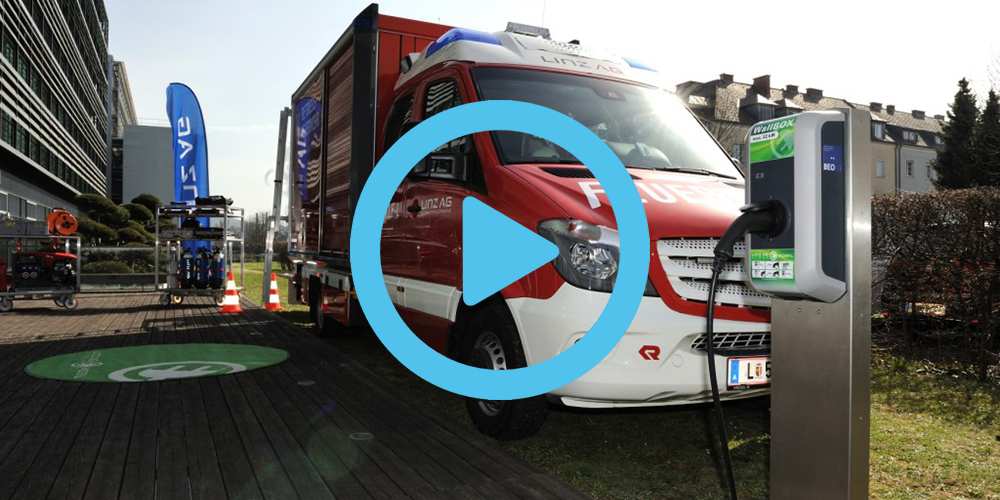



1 Comment